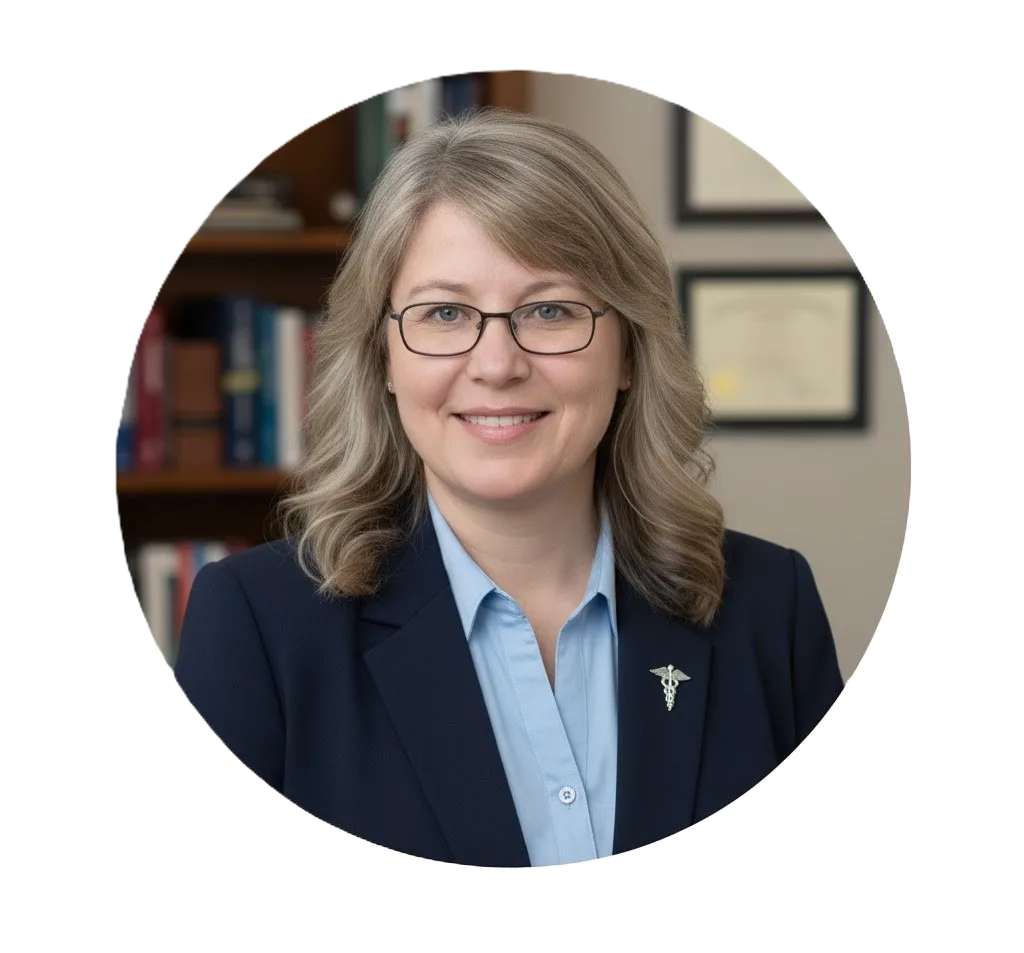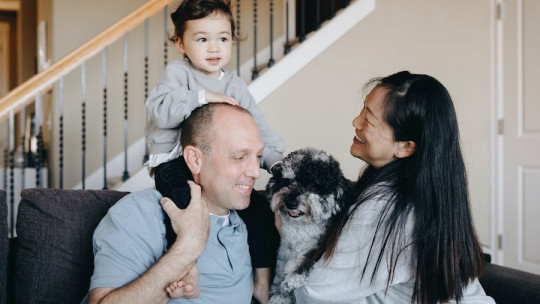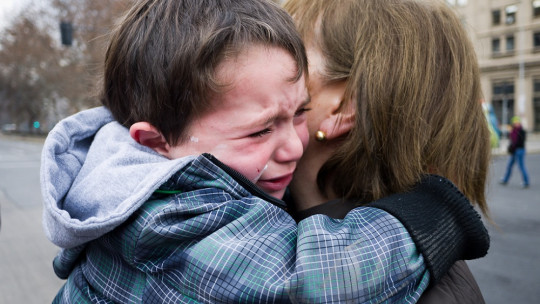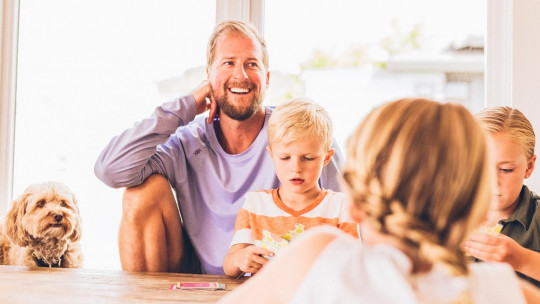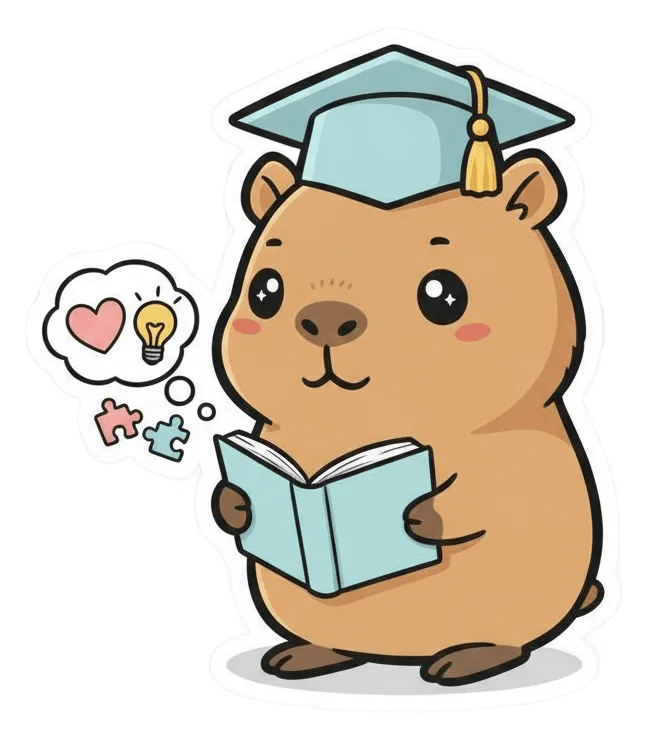Do you want to start a family? Do you want to get married and have children? How is your family? These are questions that we can currently ask ourselves, but a few years ago asking these questions was not so normal, since it was understood as something necessary to form a family in a very specific way.
Before, the only possibility of a family model was the traditional one, the only one that was considered ideal and correct, this being the most common, and being made up of a heterosexual marriage and children. But nowadays, given the changes that society has presented, the possibility has arisen that other types of couples can have children and thus form a family.
Next we will see what is meant by traditional family, as well as the different types that can give rise to it. We will also mention the most important social changes that have occurred to date and how these have allowed the development and formation of new family models, with more variety and more adapted to the evolution of society.
The traditional family model, often idealized as the nuclear family structure consisting of a heterosexual couple and their biological children living together in a single household, has long been a cornerstone of societal norms and expectations. While this model has evolved over time and varies across cultures, it continues to shape perceptions of family life, gender roles, and social dynamics. In this article, we delve into the values, dynamics, and contemporary perspectives surrounding the traditional family model.
What is the traditional family model?
In Western society, from the 19th century to the end of the 20th century, the 80s, the predominant family model that occurred most frequently was the traditional or classic one. This model was characterized by presenting a structure made up of a heterosexual couple of man and woman and with children, and possibly linked, with more or less relationship, with the extended family, referring to relatives from different generations such as grandparents and uncles.
Aside from the particular structure, another defining characteristic is that the man and woman had to be married in the church, and each member of the couple had a very well-defined role and functions. The father, the man, was the head of the family, the one who decided most important issues, as well as the one in charge of bringing home sustenance, the money. On her part, the mother, the woman, did not work outside the home but rather she assumed domestic tasks and was responsible for the care and upbringing of the children.
Therefore, couples formed during their youth and soon got married, to move in together and thus begin the joint family project. As a general rule, marriage was unbreakable, there was no possibility of divorce and thus the couple always had to stay together. If the ultimate goal of marriage was not achieved, in the case of women, they could play the role of caregiver for their parents.
Other features of the classic family to highlight are the constitution of the couple which, added to its heretosexuality, that is, to the fact that it was a man and a woman who formed it, also had to be monogamous. Thus, there is an emotional-sexual relationship based on an ideal of sexual exclusivity.
In the same way, the marriage had to have offspring. Children were born at an early age, usually shortly after turning twenty. The number of children used to be between 4 and 5, forming relatively large family units of 6 to 8 members.
Types of traditional family model
The traditional family can present small variations in the structure, thus receiving different names.
The model family, first of all, is the one formed by a heterosexual couple and two children of their own; The typical family is made up of a heterosexual couple and the children of one of the members or adapted children if there is no possibility of having them; and the functional family, also known as the extended family, is made up of the heterosexual couple, their children and the couple’s parents, siblings and cousins.
Values Associated with the Traditional Family Model
The traditional family model is characterized by several core values and beliefs, including:
1. Stability and Security
The traditional family is often perceived as a source of stability and security, providing a nurturing environment for children to grow and thrive. The presence of two parental figures offers emotional support, guidance, and structure, fostering a sense of belonging and identity.
2. Gender Roles and Division of Labor
Traditional gender roles within the family typically assign distinct roles and responsibilities to men and women based on societal expectations and cultural norms. While men are often associated with breadwinning and external employment, women are traditionally responsible for caregiving, homemaking, and nurturing roles within the household.
3. Interdependence and Mutual Support
Family members in the traditional model are expected to demonstrate interdependence and mutual support, relying on each other for emotional, practical, and financial assistance. Strong bonds of kinship and solidarity reinforce a sense of loyalty, commitment, and obligation among family members.
Dynamics of the Traditional Family Model
The traditional family model is characterized by specific dynamics and interactions among its members:
1. Parental Authority and Discipline
Parents typically hold authority and decision-making power within the traditional family structure, exercising control over children’s behavior, education, and upbringing. Discipline may be enforced through rules, consequences, and reinforcement of societal norms and values.
2. Generational Hierarchies
Hierarchical structures may exist within the traditional family, with older generations exerting influence and respect over younger members. Elders often serve as sources of wisdom, guidance, and cultural transmission, shaping family traditions, rituals, and values.
3. Sibling Relationships
Sibling relationships play a significant role in the traditional family model, fostering bonds of companionship, rivalry, and solidarity. Siblings share experiences, resources, and socialization opportunities, influencing each other’s development and identity formation.
Contemporary Perspectives and Challenges
While the traditional family model continues to hold cultural significance for many, it is not without its challenges and criticisms:
1. Diversity of Family Structures
The traditional family model does not reflect the diverse range of family structures and dynamics present in modern society, including single-parent households, blended families, same-sex parent families, and chosen families. Embracing diversity and inclusivity is essential for recognizing and respecting the myriad ways in which families are formed and function.
2. Gender Equality and Role Flexibility
Critics argue that traditional gender roles within the family can perpetuate inequalities and restrict individual autonomy and fulfillment. Encouraging gender equality and role flexibility allows individuals to pursue their interests, aspirations, and responsibilities based on their abilities and preferences, rather than prescribed societal norms.
3. Work-Life Balance
Balancing work and family responsibilities poses challenges for individuals and couples within the traditional family model. Pressures to fulfill breadwinning and caregiving roles simultaneously can lead to stress, burnout, and strain on familial relationships. Supportive policies and practices that promote work-life balance are crucial for enhancing the well-being and resilience of families.
Changes in society
In the current century, the 21st century, there have been a series of changes in lifestyle that have led to modifications in the traditional family model, making this no longer the only possible form of family.
Western society has evolved and with it so has the family. The most notable changes that have occurred at a social level are the following: women have ceased to have the sole function of being caregivers, and are currently able to work outside the home. They are thus more integrated into the world of work. Furthermore, the nuclear family, understood as that formed by father, mother and children, is no longer the dominant model; there is the possibility of divorce; and new family models have appeared.
Likewise, the process of globalization and increased communication between countries has increased the possibility of forming intercultural couples.
On the other hand also there has been a change in the conception of female sexuality, being able to feel much freer, being able to enjoy it and not having the sole purpose of getting pregnant. Women also develop a more “masculinized” role, if we understand by masculine the characteristics that society tends to link with men: being more independent and with more decision-making power and supporting the family.
When it comes to having children, this is no longer the only option, since there are contraceptive methods that can prevent pregnancy if it is unwanted. Likewise, other ways of having children have appeared, and biological conception is no longer the only possibility, and artificial fertilization techniques can be adopted or used.
The concept and formation of the couple is no longer as strict as it was before other types of relationships are now possible, such as a union between two individuals of the same sex, a monosexual couple, open relationships or polyamory, giving more relationship options and no longer being the only one, a monogamous relationship.
Previously we have pointed out that the couple was formed by a marriage, this means that they normally had to be married. This tradition has also changed, since currently Catholic customs have lost strength, not seeing it as necessary to get married in order to start a family, live together or have children.
Finally, we also see it necessary to mention the change that has occurred in the pace of life. The formation of a new family, moving in together, getting married, having children. As a general rule, it is done later, when the person has finished training and has achieved economic stability. In this way, starting a family is no longer the only goal in life.
New family models
As we have already mentioned, evolution and variations in society have also produced variations in family models, other types of structures and relationships between members appearing and being possible. This new range of possibilities has given rise to different family models.
Single parent family model
The need for the role of father to be performed by a couple is no longer essential, and it is possible for only one individual to act as father or mother. This gives rise to what we know as a single-parent family. Therefore, the family would be made up of a mother or a father and a child or several children who live and cohabit.
In this way we can find families with only one parent who has been divorced, who has been widowed, who has decided to remain single and adopt, have children through artificial fertilization or who has become pregnant and wanted to continue but without the need for a partner.
Homosexual family model
The new, more open vision of couples and relationships that society currently has has allowed families to be formed with homosexual couples; That is, the parents are two individuals of the same sex. In some countries there is the possibility that a gay couple can legalize their union and thus have the possibility of adopting a boy or girl.
In order to be fathers or mothers, homosexual couples can begin an adoption process; use surrogacy or surrogate motherhood, a legal process in some countries, or in the case that the couple is female, practice artificial insemination. Similarly, a homoparental family will also be understood to be one made up of a gay couple and the children of one of them from a previous relationship.
In this way, today we can observe multiple and very different family structures. The possibility of creating a family and having children is no longer exclusive to the traditional model constituted by a heterosexual marriage who share a home and have children in common.
Now we can consider as a family homosexual couples and their children, single, divorced or widowed parents who alone perform the role of caregiver, couples who live separately and have children together… among many other options that have opened the vision, allowing family structure, the way of understanding the family, adapts to what one wants or how each subject wants to live, and this is not the one who must adjust to the predetermined family model.
The traditional family model remains a significant cultural and social institution, embodying values of stability, interdependence, and mutual support. While it continues to influence perceptions of family life and societal expectations, it is essential to recognize the diversity of family structures and dynamics present in contemporary society. Embracing inclusivity, gender equality, and flexibility is key to fostering resilience, harmony, and fulfillment within families, regardless of their adherence to traditional norms.

